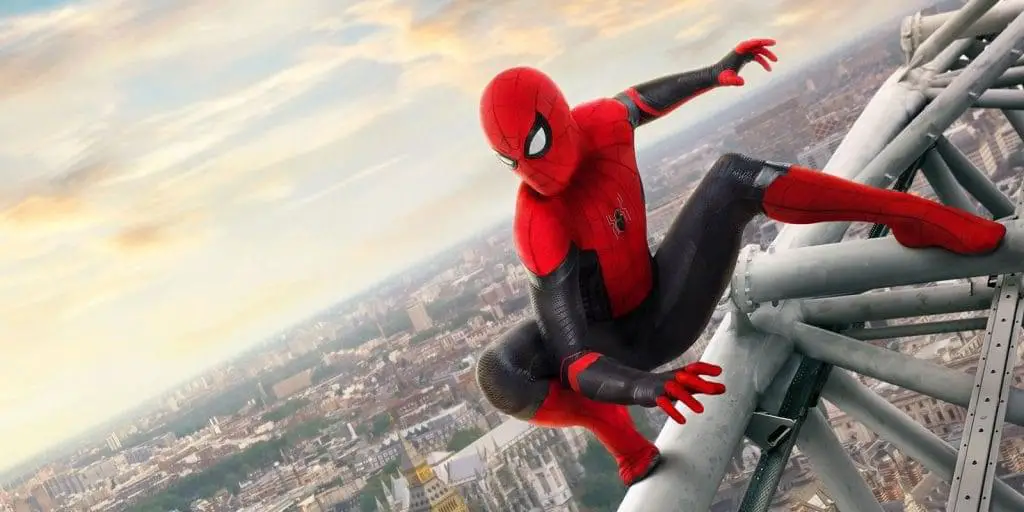
Orgiastically cheered in pre-release publicity by no less than James (Titanic) Cameron and Andy (The Matrix) Wachowski (the latter going so far as to invoke the paintings of Francis Bacon for comparison), the digital Japanese animation movie “Blood: The Last Vampire” certainly has a high level of praise as it crosses over to American theaters. Much of that praise is well deserved when looking at “Blood: The Last Vampire” as just a movie, and placing it in a worldly context raises some questions about where stories, and the technology used to tell them, are headed in the future.
Protagonist Saya is an enigmatic outsider who hunts down Chiropterans, vicious beasties who feed on unsuspecting humans with machine-precision. The movie follows Saya’s exploits at a U.S. Army school in Japan as she seeks out three of these disguised creatures. Help comes in two forms: from an American government operative and, most unwillingly, from an emotionally unstable school nurse.
For the most part, “Blood: The Last Vampire” works extremely well. Its animation is above reproach, as are the vocal characterizations. The most successfully explored theme is the fear and/or distrust of outsiders. As filtered through Saya’s experience, and visually represented in the movie’s setting, “Blood: The Last Vampire” is set in a Japan which is a world of closed-off circles, each containing a specific group isolated from experiencing the “other” living just outside the self-imposed boundaries. Saya moves effortlessly through these borders because her defenses, both emotional and physical, are necessary to her individual survival. Conversely, the other characters’ boundaries are all of their own creation, ably transcended if the societal and cultural stigmas are removed, though most seem to willingly live under them. Most notably, the fence around the U.S. military base is so ominous to the point that it becomes a visual metaphor to many of the characters’ worldly naïveté. As a story of the paranoia and fear that different cultures can inspire in each other, “Blood: The Last Vampire” is an impassioned cry for the breaking of these borders.
Yet where “Blood: The Last Vampire” is most resonant, and also where its successes are most evident, is in its relation to film production via digital animation. While many people will focus on the use of digital animation as the vehicle for delivering the story, “Blood: The Last Vampire” sets itself apart from another digital animated feature, the recent Final Fantasy: The Spirits Within, in one crucial respect…the eyes. If eyes truly are the window to the soul, then it is to the credit of the Japanese film that it does not neglect their importance in the characters’ design and the story’s development. Saya’s eyes have life and soul to them, whereas the eyes of Dr. Aki Ross in Final Fantasy do not. This suggests that Saya’s design was by man and machine working in conjunction, artist and tools working as one like mind, whereas Final Fantasy has empty-eyed characters that seem created by an android committee. This highlights the inherent dangers in new technologies, and acts as a warning to all future storytellers – never become overwhelmed by the apparent ease of the next big toy.
One surprise in waiting: the film’s press notes give away the plot’s setting at a particular point in history, but the movie itself doesn’t reveal when the action is taking place until the final scene. That secret won’t be revealed here, for it is best to go in unaware as it is a haunting final note that adds resonance to the proceedings.
